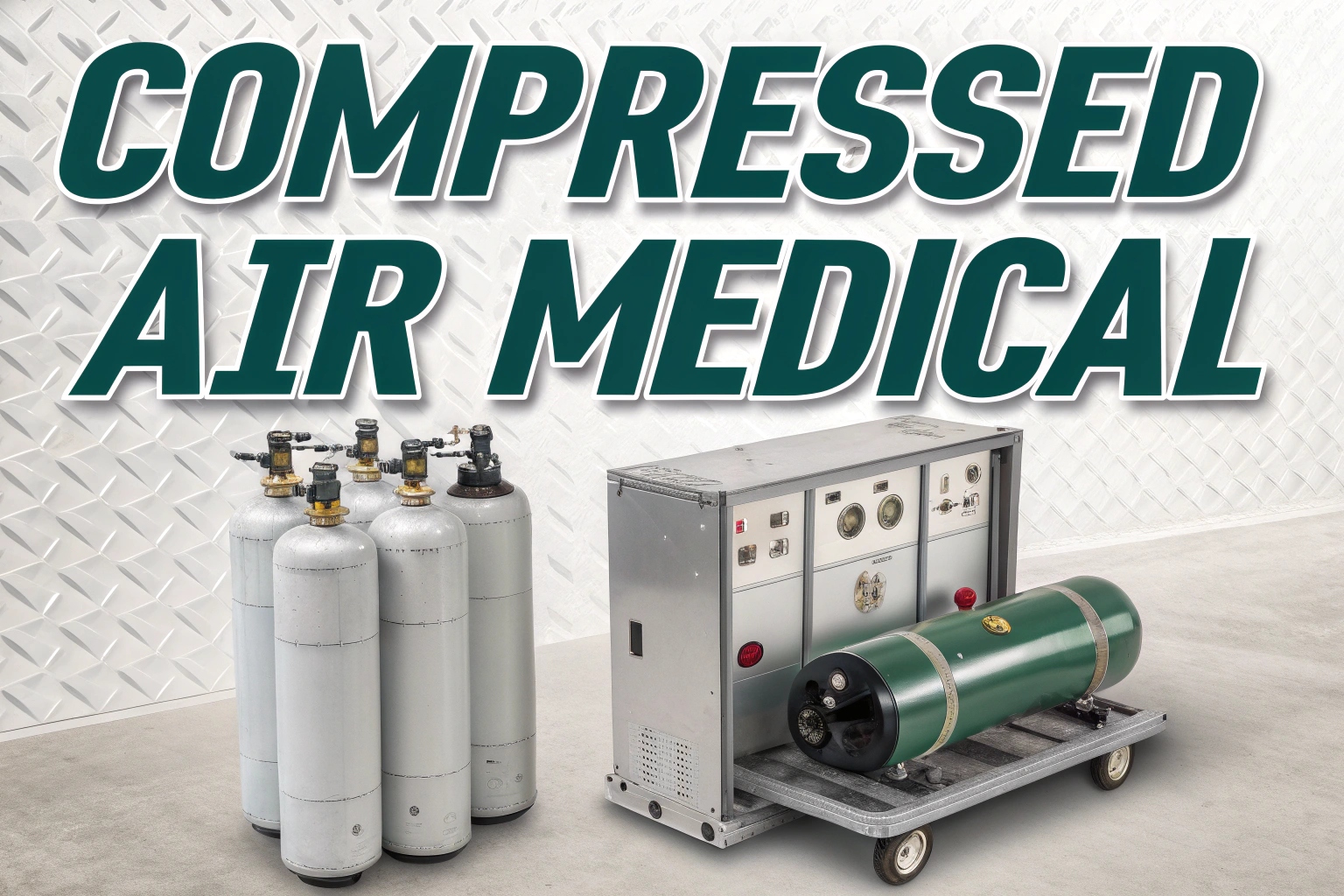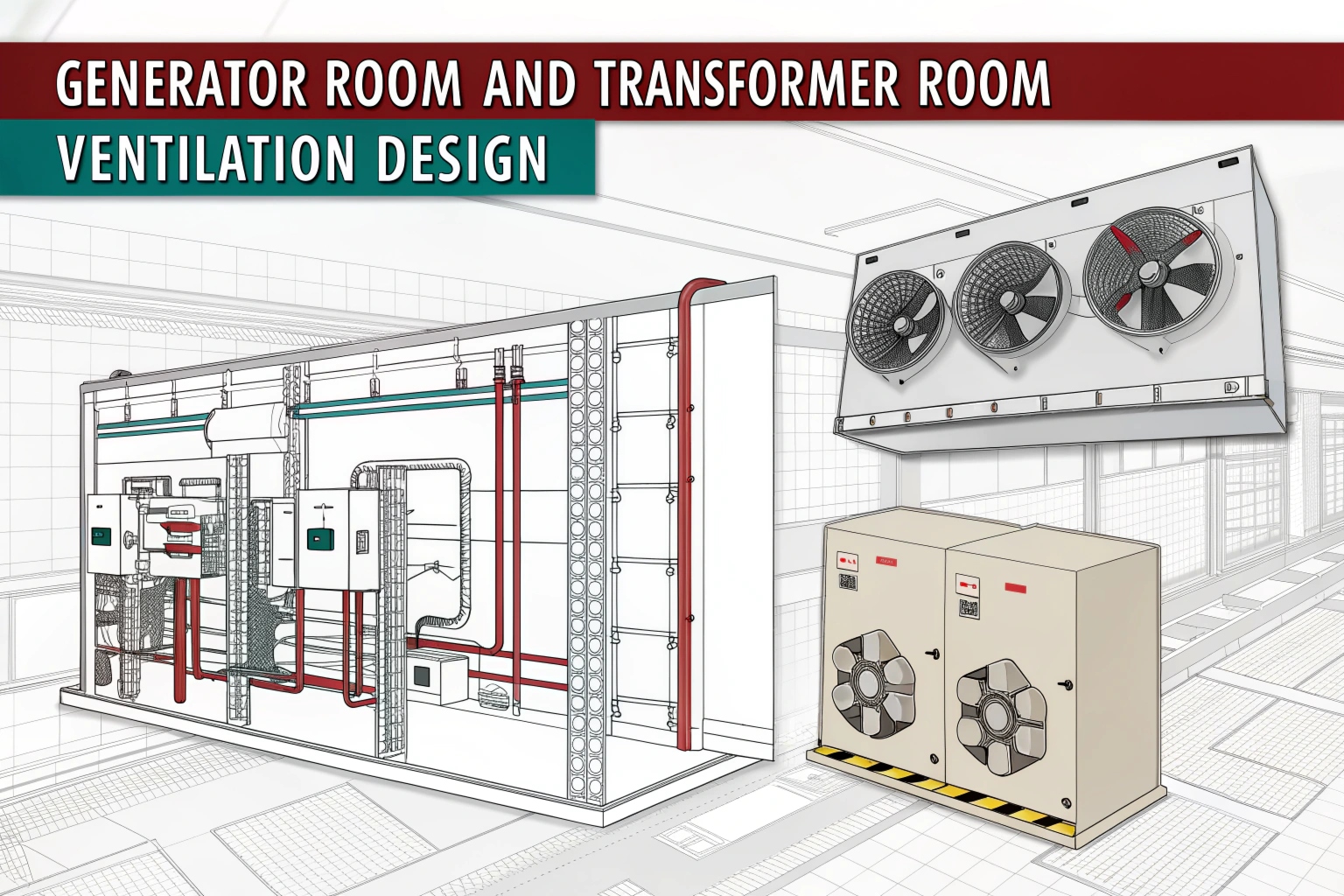Introduction
The traditional electrical wiring approach named Casing-capping wiring provides a safe foundation while showing an aesthetic appearance through its protective design. The wiring process uses a protective casing that receives wire runs before being capped to shield from possible damage. Residential and industrial properties commonly use this system because it provides durability at affordable prices.

Casing Capping Wiring:
Electrical wiring within PVC or wooden casing is classified as capping wiring, which involves placing insulated wires inside protective casings. Protection comes from a capping that covers the casing to defend the wires from dust damage, moisture, and physical harm.
Components of Casing Capping Wiring
The wiring system requires these main elements:
- The PVC or wood PVC tube acts as the protective casing while wires run inside the channel.
- The protective covering designated as the capping secures wires within their casing.
- Copper and aluminum insulated conductors represent the electrical wires within this wiring method.
- Wire connections and branching happen through junction boxes, which provide the functionality needed for wiring systems.
- The casing holds itself in position through the use of clamps together with screws.

Installation Process
A complete installation of the wiring requires these steps to follow.
- The first step is to measure along the wiring pathway and then mark it.
- Casing attachment to walls will be done through screw installation.
- Insert wires into the casing for further steps.
- Apply the capping across the top of the casing before proceeding.
- The system testing requires connecting the power supply to verify proper operation.
Advantages of Casing Capping Wiring
The wiring system delivers multiple desirable advantages to users.
- External damage cannot harm wires because this wiring system ensures durability.
- Socket jacks arranged properly lead to neat electrical setups.
- Easy Maintenance: Simplifies wire repairs and replacements.
- Cost-Effective: More affordable than conduit wiring.
- Safety: Reduces risks of electrical hazards.
Common Applications
The wiring appears across residential apartments as well as homes, where it provides safe electrical distribution services.
- Homes and apartments for safe electrical distribution.
- The structured wiring layout requires standard building elements such as offices and schools.
- Shops and commercial buildings for a clean and organized look.
- The application of capping wiring is suitable for industrial spaces because durability stands as a prime requirement.
Conclusion
The reliability of casing capping wiring as an electrical installation technique stems from its basic design and cost-effectiveness combined with safety measures. By using this method, you can build electrical systems that are organized and durable for residential and industrial purposes simultaneously. The design of this wiring solution presents itself as an efficient option when you require a premium wiring solution.
FAQs:
- What is Casing Capping Wiring?
Wires situated inside plastic or PVC casing construct the base of the wiring systems, which function as a protective method. Casing cappings protect wires from damage and result in a neat and secure appearance.
- Where is Casing Capping Wiring Used?
The wiring system gets implemented in residential buildings, workplaces, and educational facilities, whereas factories need it because safety and durability requirements are essential. This system provides the best solution in places that cannot hide their wiring.
- Advantages of Casing Capping Wiring
- Wires remain protected from damage
- The installation of armor-guard gives protection against electrical shocks.
- The convenience of wiring maintenance and replacement is increased through this solution.
- The material offers both durability and affordability as part of its beneficial features.
- Difference Between Casing Wiring and Concealed Wiring
Wires hidden within walls cannot be seen because concealed wiring stores everything inside walls, but casing wires expose plastic casings that remain visible. The installation of casing capping wiring proves simpler than concealed wiring, yet concealed wiring presents a more attractive appearance.
- Is Casing Capping Wiring Waterproof?
The wiring only provides resistance to moisture and not entire waterproofing. A high-quality PVC casing enables moisture resistance during use, yet the material should not go in areas with wet conditions or high humidity exposure.
Expand your knowledge today! Read our next blog post here! 📖












